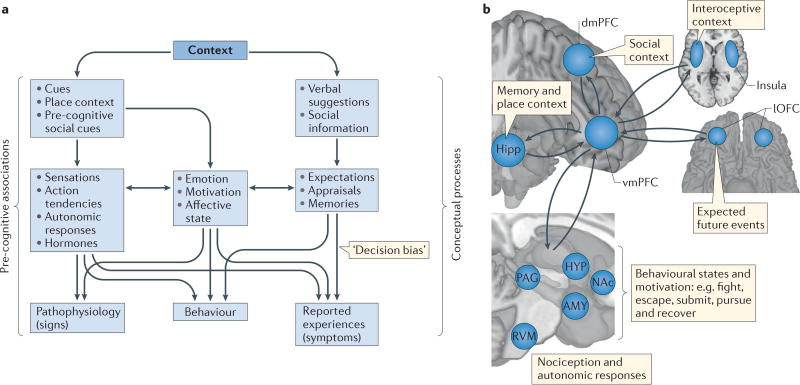Figure 4. Concepts, associations and the representation of context.
a | Patient outcomes, and hence placebo effects, are measured as a function of pathophysiology (signs), reported experiences (symptoms) and behaviour. These outcomes are influenced in various ways by the two primary components of the treatment context: conceptual processes and pre-cognitive associations. Conceptual processes can influence expectations, appraisals and memories, which can directly influence emotional states, reported decisions and behaviour. Pre-cognitive associations influence physiological processes outside conscious control, which can in turn influence emotion, motivation and affective states as well as outcome measures. Thus, some types of placebo effects may be mediated by affective and motivational states, whereas others may be independent of such states, depending on the nature of the context and the outcome. b | Conceptual processes have been difficult to define and measure precisely in the brain, because they depend on the integration of information associated with multiple systems into an overall schema, or conceptualization of the situation and its implications for well-being, which guides the meaning or significance of events. The ingredients of such ‘meaning responses’, which are thought to be critical for placebo effects212, include inferences about social information (dorsomedial prefrontal cortex (dmPFC)), interoceptive assessments of one’s body state (insula), expectancies (lateral orbitofrontal cortex (lOFC)) and autobiographical memories and place context information (hippocampus (Hipp)). The ventromedial PFC (vmPFC) is positioned to integrate these elements into a coherent schema that informs and is informed by responses at other processing levels170, including brainstem and subcortical centres that regulate sensory, autonomic and neuroendocrine responses. AMY, amygdala; HYP, hypothalamus; NAc, nucleus accumbens; PAG, periaqueductal grey; RVM, rostroventral medulla.

